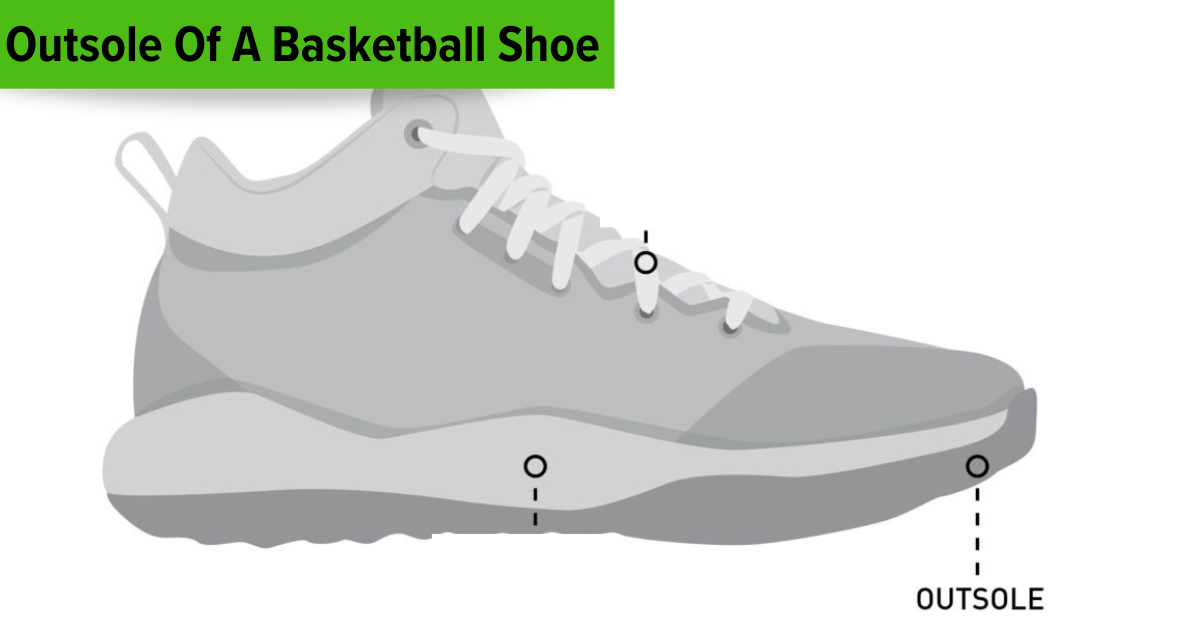
In the dynamic world of basketball, the right shoes are more than a fashion statement—they are a strategic choice influencing your game’s performance. Beyond aesthetics and brand names, the essence lies in the shoe’s anatomy, and a critical player in this ensemble is the outsole. In this exploration, we delve into the intricacies of basketball shoe outsoles, unraveling what they are, why they matter, and what distinguishes a superior outsole from its counterparts.
Let’s start with the basics. The outsole is the bottom part of a basketball shoe that makes direct contact with the ground. This foundational component undergoes the most wear and tear, playing a pivotal role in the grip, traction, and stability that players rely on during intense court action. It is the interface between your movement and the playing surface, making it a cornerstone of basketball shoe design.
Significance Of A Good Outsole
Why does the outsole matter? The answer lies in its profound impact on your gameplay. The outsole determines the grip and traction you experience on the court, influencing quick cuts, full-speed sprints, and abrupt changes in direction. A robust outsole should withstand the pressure of fast movements, sudden stops, and directional shifts. Beyond grip, it plays a crucial role in injury prevention and mitigating the impact on your feet and joints during jumps and runs.
Features Of A Good Outsole
Material
The material composing the outsole is paramount. It must strike a delicate balance—being durable yet providing an excellent grip. Comfort and cushioning are also essential attributes. The wrong material can lead to premature wear and tear, posing injury risks. The right material ensures durability, grip, and a comfortable playing experience.
Pattern Design
The tread pattern on the outsole is a key element influencing grip and traction on various surfaces. Whether you’re navigating a hardcourt or a wooden surface, the outsole’s design should cater to the specific demands of the game. A thoughtful pattern design enhances performance and reduces injury risks.
Types Of Outsoles
Solid Rubber
Known for durability, solid rubber outsoles can withstand substantial wear and tear. They provide robust support on the court but tend to be heavier compared to their translucent counterparts.
Translucent Rubber
Emphasizing lightness and flexibility, translucent rubber outsoles offer a unique design that enhances movement and support on the court. While lighter, they sacrifice some durability when compared to solid rubber.
Conclusion
In summary, the outsole of a basketball shoe stands as a linchpin determining your on-court performance. Its grip and traction capabilities are instrumental in executing the dynamic movements integral to the game. When selecting a basketball shoe, the discerning player pays careful attention to the outsole, evaluating factors such as material, tread pattern, and type.
A superior outsole not only enhances performance but also supports your feet, minimizes joint impact, and reduces injury risks. Whether you’re a seasoned player or a newcomer to the game, investing in a quality basketball shoe with a robust outsole can be a game-changer. Elevate your game by choosing wisely—let your outsole be the silent ally propelling you to new heights on the basketball court.
Interested in what other features to consider when purchasing basketball shoes? Check out our Buyers Guide article for tips and tricks when it comes to buying basketball shoes!

